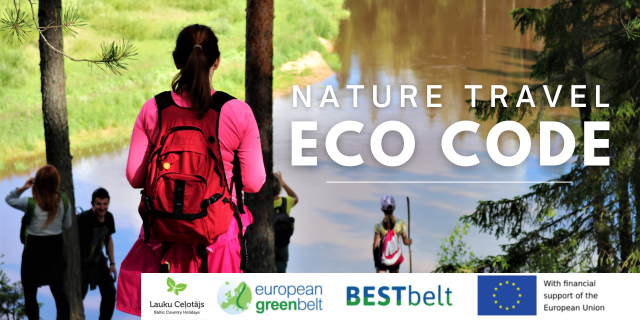Atkarpa 74. Kurtuvėnai – Šaukėnai.
Juodlės ežero pietrytiniame pakraštyje yra žemapelkės - tarpinės pelkės ekosistema, kurią galima apžiūrėti einant Juodlės pažintiniu taku. Jos susidarė patvenkus iš ežero ištekantį upelį. Žemapelkės, aukštapelkės ir tarpinio tipo pelkės yra vertingos šlapynės, svarbi daugelio augalų, grybų ir gyvūnų rūšių gyvenamoji vieta. Didžiosios šlapynės įtakoja ne tik vietos mikroklimatą, bet ir palaiko pastovų platesnių apylinkių drėgmės režimą. Po žiemos ar liūčių jos kaip didelės kempinės sukaupia vandenį, kurį po to lėtai „atiduoda“ šaltiniams, upeliams ir upėms. Šlapynės yra ne tik pelkės, bet ir drėgnieji miškai – juodalksnių raistai, pelkės ir liūnai, užliejamos pievos, seklumos ir užpelkėję ežerai, pelkėjančios upių deltos ir sekli jūros akvatorija. Šlapynės gali būti tiek natūralios, tiek sukurtos žmogaus. Jos labai svarbios ir kaip natūralūs filtrai, nes išvalo vandenį nuo sunkiųjų metalų ir medžiagų, kurios patenka iš dirbamų žemių. Pelkės bei šlapynės, kuriose įrengti mediniai lieptai, yra pritaikytos lankymui kaip įdomios pažinimo ir gamtos stebėjimo vietos.










